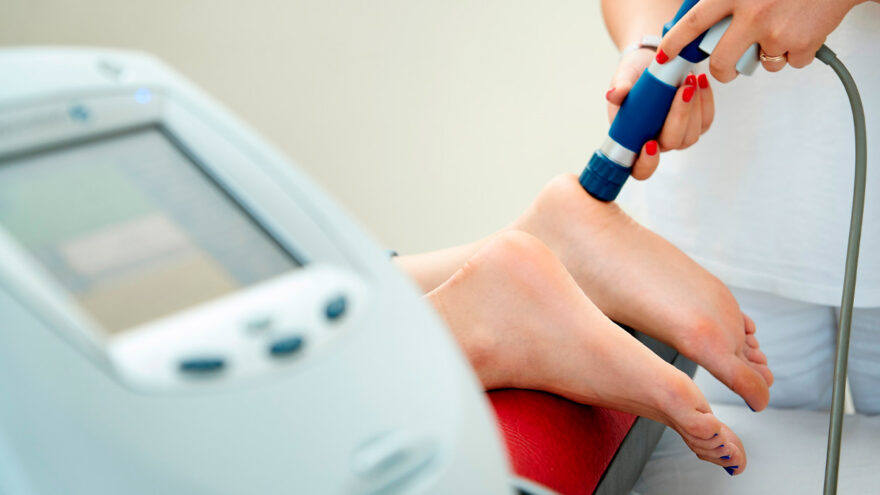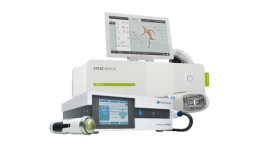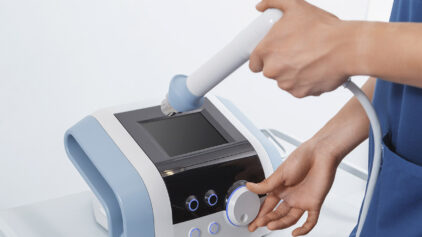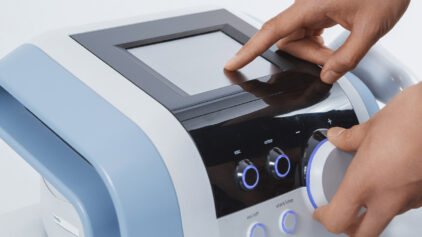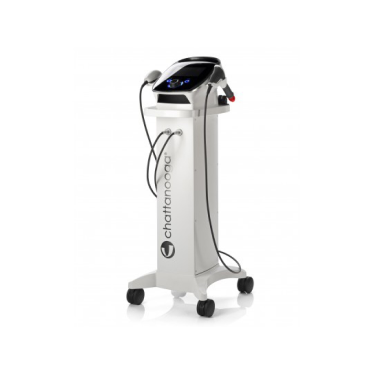As Thanksgiving approaches, healthcare facilities nationwide face a unique seasonal challenge. Much like the fall sports season brings a surge in athletic injuries, the holiday period introduces its own wave of patient influx, encompassing travel-related illnesses, seasonal flu, cooking accidents, and stress-induced health issues.
This concentrated increase strains scheduling systems, extends wait times, and stretches staff resources thin, potentially affecting care quality and practice reputation during what should be a time of gratitude and community service. Integrating advanced technologies like Shockwave Source Extracorporeal Shock Wave Therapy (ESWT) early on can help clinics streamline patient flow and reduce treatment times, improving outcomes even during peak holiday periods.
The Thanksgiving rush creates a perfect storm of healthcare demands: family gatherings become breeding grounds for viral transmission, holiday cooking leads to burns and cuts, and travel stress exacerbates chronic conditions. Without proper preparation, even well-established clinics can be overwhelmed. Patient flow, the movement of patients through a healthcare facility, becomes essential for ensuring timely care while minimizing unnecessary delays.
Using innovative solutions such as portable ESWT devices and preset treatment protocols allows clinics to treat patients efficiently while maintaining quality care. Here’s how optimizing patient flow can transform your clinic’s performance during the Thanksgiving rush:
- Optimized patient flow can increase throughput by up to 66% without sacrificing quality of care
- Implementing efficient workflows can boost revenue by 15-20% annually during high-demand periods
- Reducing average treatment times to 5-10 minutes effectively doubles your clinic’s capacity
- Balancing efficiency with compassionate care enhances both patient outcomes and satisfaction
Clinics that navigate the Thanksgiving surge effectively can strengthen their competitive position, enhance community relationships, and improve financial performance while delivering high-quality care. The following strategies can help transform your clinic’s approach during this demanding season.
Assess and Streamline Clinic Operations

To manage the seasonal surge effectively, clinics must first understand patient flow and identify areas where delays commonly occur. By assessing current workflows and implementing targeted operational strategies, practices can reduce wait times, increase capacity, and maintain high-quality care. Advanced modalities like ESWT enable rapid treatment and free up slots for new patients. The following actionable steps provide a roadmap for streamlining clinic operations during the Thanksgiving rush, helping staff stay organized, patients receive timely treatment, and overall efficiency reach its peak:
- Evaluate your current patient flow by tracking wait times, identifying bottlenecks, and mapping the patient journey from check-in to checkout. Conduct a time-motion study during a typical busy day to pinpoint where delays occur most frequently.
- Implement pre-visit planning by sending electronic intake forms 48 hours before appointments and enabling digital check-ins. This reduces in-office paperwork and can decrease wait times by up to 20% during holiday rushes.
- Optimize your Thanksgiving week schedule by time-blocking similar treatments together, reserving 15-20% of daily slots for same-day acute cases, and extending hours during peak times. Consider shorter 10–15-minute treatment sessions where appropriate.
- Empower staff by clearly defining holiday-specific roles, conducting pre-holiday training sessions, and implementing daily team huddles to review scheduled patients. Create a communication protocol that allows real-time adjustments based on actual patient volume.
Leverage Technology for Efficient Patient Flow Optimization
Technology can be a clinic’s most powerful ally during the Thanksgiving rush. By streamlining communication, automating routine tasks, and providing real-time insights, clinics can reduce wait times, prevent bottlenecks, and ensure patients receive timely care. Key strategies include:
- Use Electronic Health Records for quick access: Reduces redundant data entry and improves care coordination, cutting treatment times by up to 50%
- Adopt telehealth for non-urgent cases: Manages 30-40% of initial consultations virtually, reducing overall patient waiting times by up to 60%
- Automate reminders and communications: Appointment confirmations and digital intake forms lower no-shows by 25-35% and save ~15 minutes per patient
- Monitor flow in real-time: Dashboard systems detect bottlenecks instantly, improving treatment turnover and maximizing capacity during peak periods.
Maintain High-Quality Care While Maximizing Efficiency
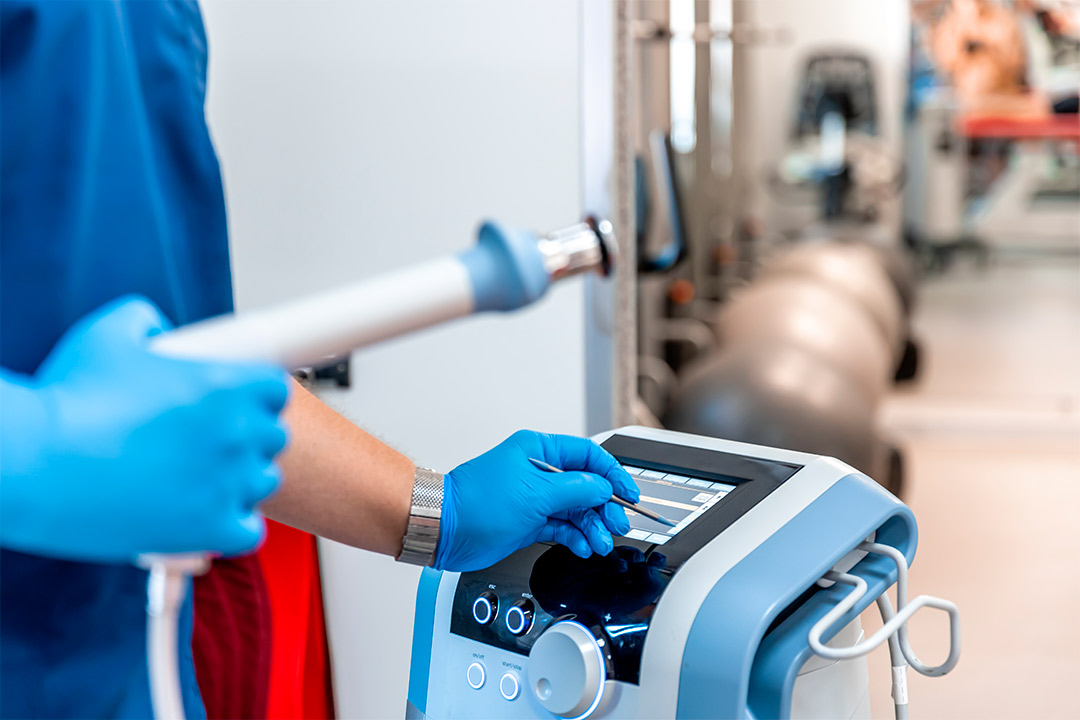
While optimizing patient flow is vital during the Thanksgiving rush, it should never come at the expense of quality care. The most successful clinics find ways to balance efficiency with personalized attention, understanding that patients remember how they were treated during busy periods. Staff training should focus on maintaining compassionate communication even when time is limited. Brief but focused interactions that acknowledge the patient’s concerns can significantly enhance satisfaction, even during high-volume periods.
Even during peak holiday periods, clinics must not compromise patient experience. Maintaining high-quality care requires clear protocols, focused communication, and proactive team coordination. The following strategies help staff deliver timely, compassionate care while keeping patient flow optimized:
- Implement clear triage protocols that help staff quickly assess and prioritize patients based on acuity, ensuring those with urgent needs receive prompt attention
- Conduct brief daily huddles (5-10 minutes) before peak hours to review scheduled patients and adjust resources in real-time based on actual demand patterns
- Create standardized treatment pathways for common holiday-related conditions to streamline decision-making without compromising care
- Designate a flow coordinator during peak hours to monitor wait times and redistribute resources as needed
- Document care plans clearly to facilitate seamless handoffs between providers when necessary
Continuous improvement relies on systematic feedback from both patients and staff. Create simple feedback mechanisms such as quick post-visit surveys or staff debriefings to identify improvement opportunities.
Studies show that practices that implement patient feedback systems see 25-35% higher satisfaction scores during peak periods. Plan for efficient post-holiday follow-ups by implementing structured protocols that maintain continuity of care while minimizing unnecessary visits. By balancing these elements, your clinic can navigate the Thanksgiving rush while delivering the exceptional care that builds lasting patient relationships.
Integrating Shockwave Source Technologies for Streamlined Patient Care
Advanced modalities like Extracorporeal Shock Wave Therapy (ESWT) from Shockwave Source can improve clinical efficiency during busy periods such as Thanksgiving. Unlike traditional manual therapies that require longer session times and multiple follow-ups, ESWT delivers targeted, non-invasive pain relief in as little as 10–15 minutes per treatment. This rapid turnaround shortens appointment durations and enables clinics to treat more patients without adding staff or extending hours. Shockwave Source devices also feature intuitive interfaces and preset treatment protocols designed to minimize setup time and guarantee consistent outcomes and smooth patient flow.
Improving Outcomes and Patient Retention Through Innovation
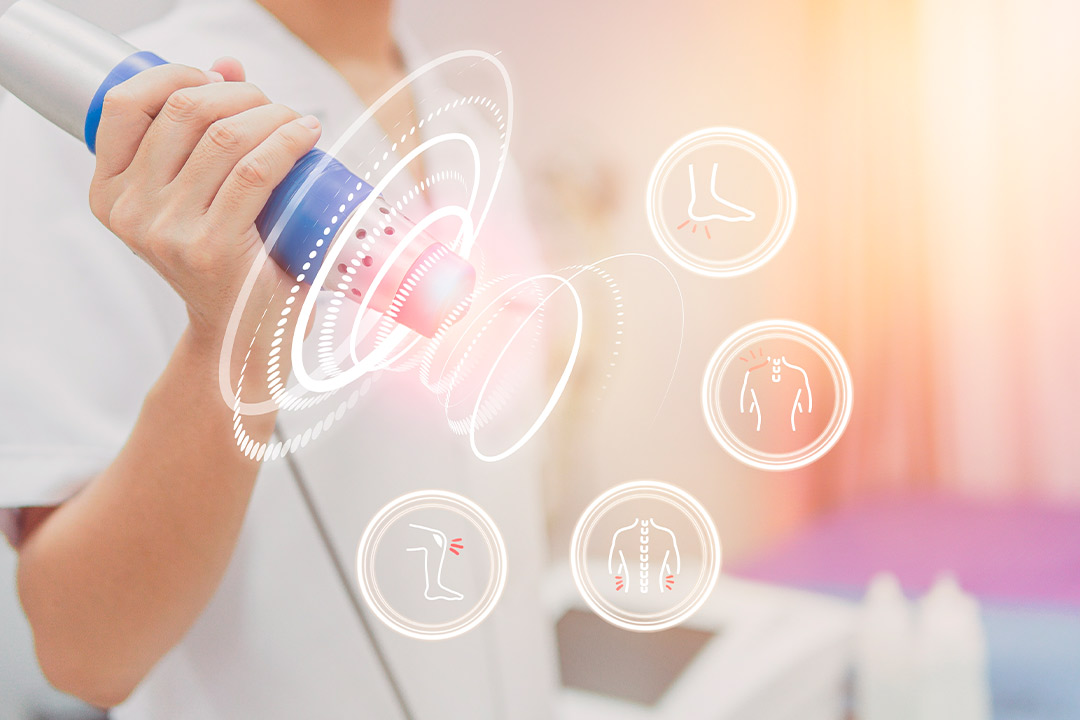
Beyond operational efficiency, Shockwave Source therapies also contribute to higher patient satisfaction and retention. ESWT has been clinically shown to accelerate recovery in musculoskeletal conditions such as plantar fasciitis, tennis elbow, and shoulder tendinopathy, reducing the need for repeat visits. When integrated into a clinic’s care pathway, these outcomes free up appointment slots for new patients while demonstrating a commitment to cutting-edge, evidence-based care. The result is a more balanced workflow, one where technology supports both efficiency and the compassionate treatment experience that defines successful holiday-season healthcare delivery.
Building on these advantages, as the fall season brings an influx of sports injuries, clinics can optimize their operations to handle increased patient volume efficiently. Shockwave Source offers innovative solutions like Extracorporeal Shock Wave Therapy (ESWT) to help clinics streamline patient flow and improve care quality. By integrating ESWT, clinics can reduce treatment times, support patient satisfaction, and increase throughput without compromising care. Discover how Shockwave Source can transform your practice this Thanksgiving season by visiting our website.
FAQs
1. How can Shockwave Source ESWT help clinics during the Thanksgiving rush?
Extracorporeal Shock Wave Therapy (ESWT) enables rapid, non-invasive treatment for musculoskeletal and soft-tissue injuries. With sessions as short as 10–15 minutes, clinics can treat more patients efficiently while maintaining quality care.
2. Can portable ESWT devices improve patient flow?
Yes. Portable Shockwave Source devices allow flexible treatment locations within the clinic, reducing bottlenecks and freeing up rooms for other patients during high-volume periods.
3. How does ESWT reduce repeat visits and increase clinic efficiency?
By accelerating recovery for conditions like plantar fasciitis, tennis elbow, and shoulder tendinopathy, ESWT lowers the need for follow-up appointments, freeing up slots for new patients during peak holiday demand.
4. Can Shockwave Source protocols help staff handle more patients?
Absolutely. Preset treatment protocols streamline setup and treatment, minimizing training requirements and ensuring consistent outcomes, allowing staff to focus on patient care rather than manual setup.
5. Is ESWT suitable for urgent or same-day cases?
Yes. ESWT can be applied to acute injuries during the Thanksgiving surge, enabling same-day treatment without overloading staff or extending clinic hours.
6. How does Shockwave Source technology support patient satisfaction?
Non-invasive, rapid treatments provide faster relief, which improves patient experience and encourages repeat visits and positive referrals during high-demand periods.
7. Can ESWT integration help clinics manage staffing challenges?
Yes. With shorter treatment times and intuitive device interfaces, clinics can serve more patients per staff member, reducing stress and improving workflow during busy holiday weeks.
8. How do Shockwave Source leasing and technology upgrades improve seasonal performance?
Leasing and upgrading ESWT devices ensures clinics have the latest technology available during peak times without major capital investment, allowing optimal patient throughput and clinical efficiency.
9. Can Shockwave Source solutions help clinics prepare in advance for Thanksgiving?
Yes. Clinics can plan treatment schedules using preset Shockwave Source protocols and portable devices to anticipate high patient volumes, ensuring smooth operations during the seasonal surge.

